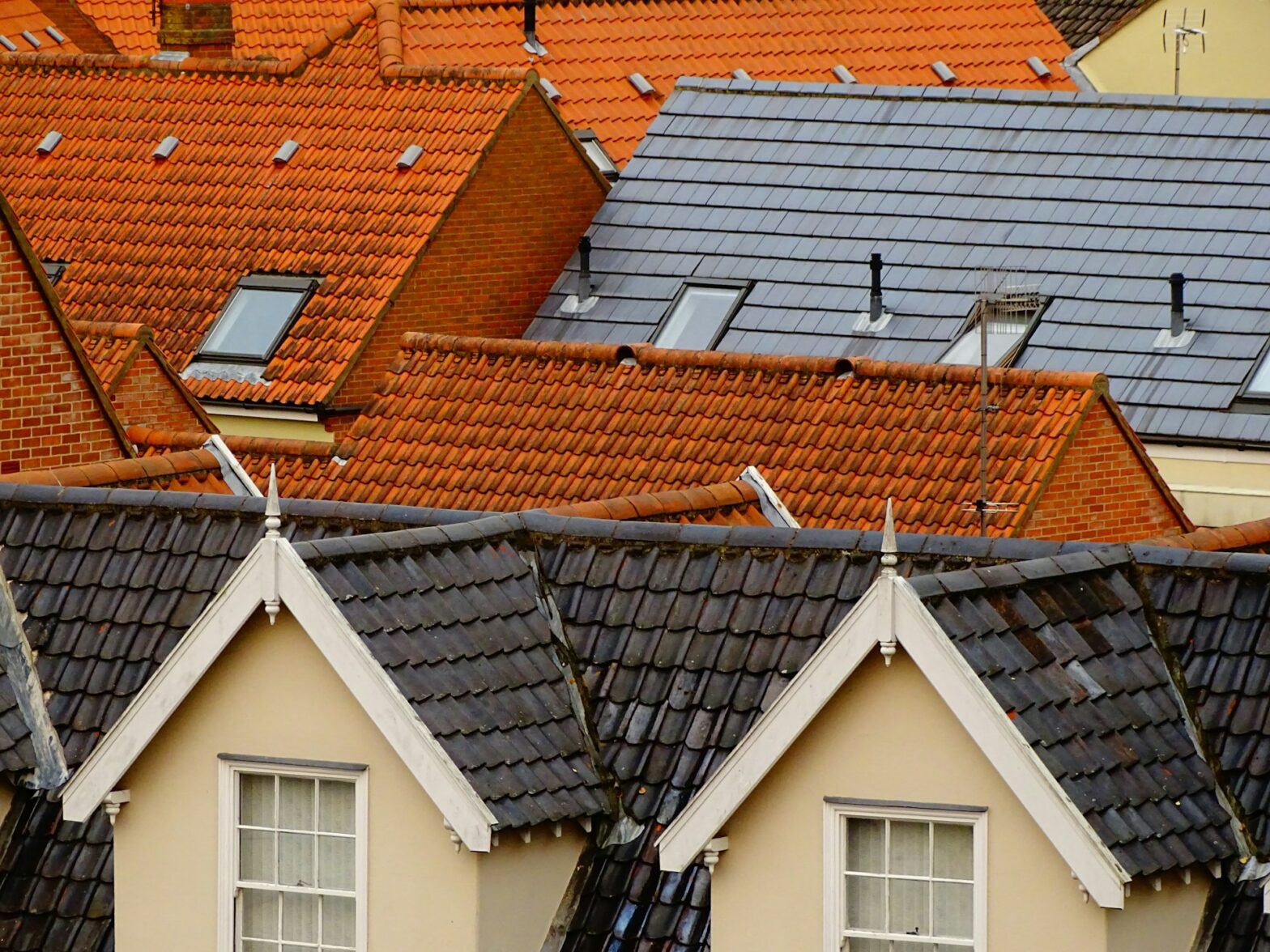
Within the next 20 years, we will reach the peak capacity for our oil consumption. However, demand continually appears to rise as the global production of oil decreases. In light of this, the construction industry still requires most of its energy sources from oil-based fuels.
Crude oil has a big dependency within the construction sector across the Western World. This is because they are used within the processes that allow construction to happen. Surprisingly, within the UK, 50% of all carbon emissions produced by machinery and production are accounted for by the construction industry.
Pollution which we’ve all been told will impact our planet in the long-term is finally being noted, and attitudes are slowly beginning to change. Teaming up with Reconomy, the UK leading provider of waste management solutions for recyclable materials and 8 yard skip hire, we establish how eco-friendly practices can be established within any construction site.
The UK government have instructed construction firms to use green processes when constructing new homes and buildings by passing legislation. Post-construction, firms are also encouraged to incorporate green technologies within the build to benefit the environment once construction is complete.
UK firms can take advantage of a profitable opportunity within the market by implementing environmentally friendly practices; one year the US had estimated revenues for eco-friendly construction that calculated up to $245 billion.
What techniques are involved in eco-friendly construction?
In order for construction to be ecologically beneficial to and within the environment, there are three core principles that need to be established before any construction project begins:
1. During construction, is any energy being wasted? Machines can often be overused during the production process, which leads to expendable energy that is wasted and can never be used again. Electric vehicles and machines with hybrid-engines should be used so that when a motor is being overworked – an electric engine can be engaged to cope with the load.
2. Finally, once building the structure is complete, is there any energy generated within it that is wasted?
3. Establish whether materials have been locally sourced or if they’re renewed; if they aren’t, can they be recycled in the future?
Recycled paper can be used as a form of insulation during and after roof construction. Insulation materials are often expensive. By using a cheaper and practical alternative, the cost of producing insulation for one roof will be minimised drastically by using already existing materials. Furthermore, timbers sourced from sustainably managed forests in the local area can also be used. As well as reclaimed wood, this is an alternative to chopping down trees that are used within construction.
Ecological constructions and their design
Prosposed structures can incorporate energy-efficient practices and eco-friendly technologies in many ways, and here are some examples:
· Low-energy lighting. Accounting for an energy saving of 100%, low energy lighting lasts twice as long as a regular lightbulb.
· Solar energy panels. To generate electricity within a building, or domestically to power boilers and other electrical equipment, solar energy is fast become a cheaper alternative to other forms of domestic power.
· Low-energy lighting. Accounting for an energy saving of 100%, low energy lighting lasts twice as long as a regular lightbulb.
How eco-friendly construction is beneficial
A building operation and maintenance can account for 80% of the building’s overall running costs, through its lifetime. Green initiatives reduce the total running costs of a building by one third, which amounts to around 53.3% of a building’s running costs.
Daylight should always be considered when designing the building, as this helps to save on artificial lighting costs. The ‘indoor environment quality’ of a building can also be improved when daylight can shine through a building, which benefits the health of all of the occupants that are present in the building.
Once the construction of a building begins, long lasting and recyclable materials should be used. As a result, fewer new materials will be used within the structure, helping to reduce costs whilst less energy is consumed (from crude oils) in order to produce the structure.
By Implementing these techniques and materials with the construction of the proposed structures, this eventually slows down the pace of climate change. The end goal for the construction industry then, should be to produce homes and buildings that are greener, economically efficient and conceptualised with the environment in mind.




























